Full access to the highest standards of education through better penetration would be a game-changer in India.
The least common denominator for any developed country is easy access to education at all levels. It is not serendipitous that the United Nations (UN) recognises the need for quality education as an essential element of growth for all. It has also enshrined this in its SDG 4, which aims to ensure inclusive and equitable quality education.
As one of the fastest growing economies, India has taken the world by storm. In order to maintain its stature, we need to provide the citizens with easy access to the highest standards of education at all levels. While this may seem like a distant reality, it surely is achievable by meticulously directing investments to the education sector, and ensuring development and use of innovative and robust technology.
For the Indian education system, the primary game-changer would be connectivity and penetration through innovative devices. As netizens, we are already living in a ‘connected world’ and understand the opportunities that internet and technology have thrown open for us. In the same way, technology can bridge the gaps in delivering high quality, uninterrupted education across India.
According to Census 2011, almost 70 percent of Indians still live in rural areas, spread across 600,000-plus villages. There are more than 125 million individuals in the age group of 14 to 18 years, of whom more than two-thirds, roughly 85 million, live in rural India, as per a latest study. The challenge with penetration of internet in the rural India is lack of electricity to charge devices, poor network quality and low affordability of internet service packs while on a global scale, people are now able to learn in ways that would not have been possible without digital technology.
But for India, there have to be solutions that allow learning by harvesting the benefits of multimedia education tools, without banking on internet connectivity alone. The current government has envisaged programmes like Digital India and Samagra Shiksha Abhiyan, which together focus on education and transforming the country into a digitally empowered society and knowledge economy.
One of the stated missions of Samagra Shiksha Abhiyan is to promote enhanced use of digital technology in education through smart classrooms, digital boards and DTH channels.
The delivery of digital education in the rural areas would become a mammoth task in the wake of the fact that we still struggle with providing uninterrupted internet speeds in the urban geographies. Hence, delivering quality educational content without total dependence on the availability of internet has become crucial.
In such a scenario, innovative technological solutions that harvest the benefits of multimedia education tools without banking on internet connectivity are important. Companies like Chhota Internet provide free Wi-Fi to scholars to access relevant content in their campuses and residential hostels through e-books, audio and video lecture formats. The most remarkable feature of this technology is that it achieves this without the need of internet connection, at no recurring cost. The solution solves the issues related to shortage of good teachers as well.
Writer: Sandeep Arya
Courtesy: The Pioneer








 OpinionExpress.In
OpinionExpress.In

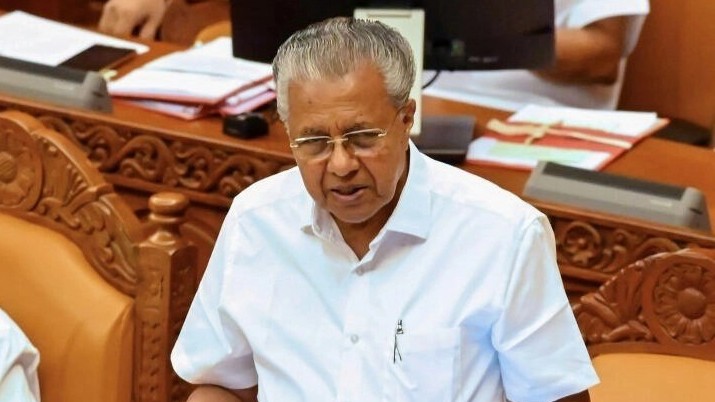
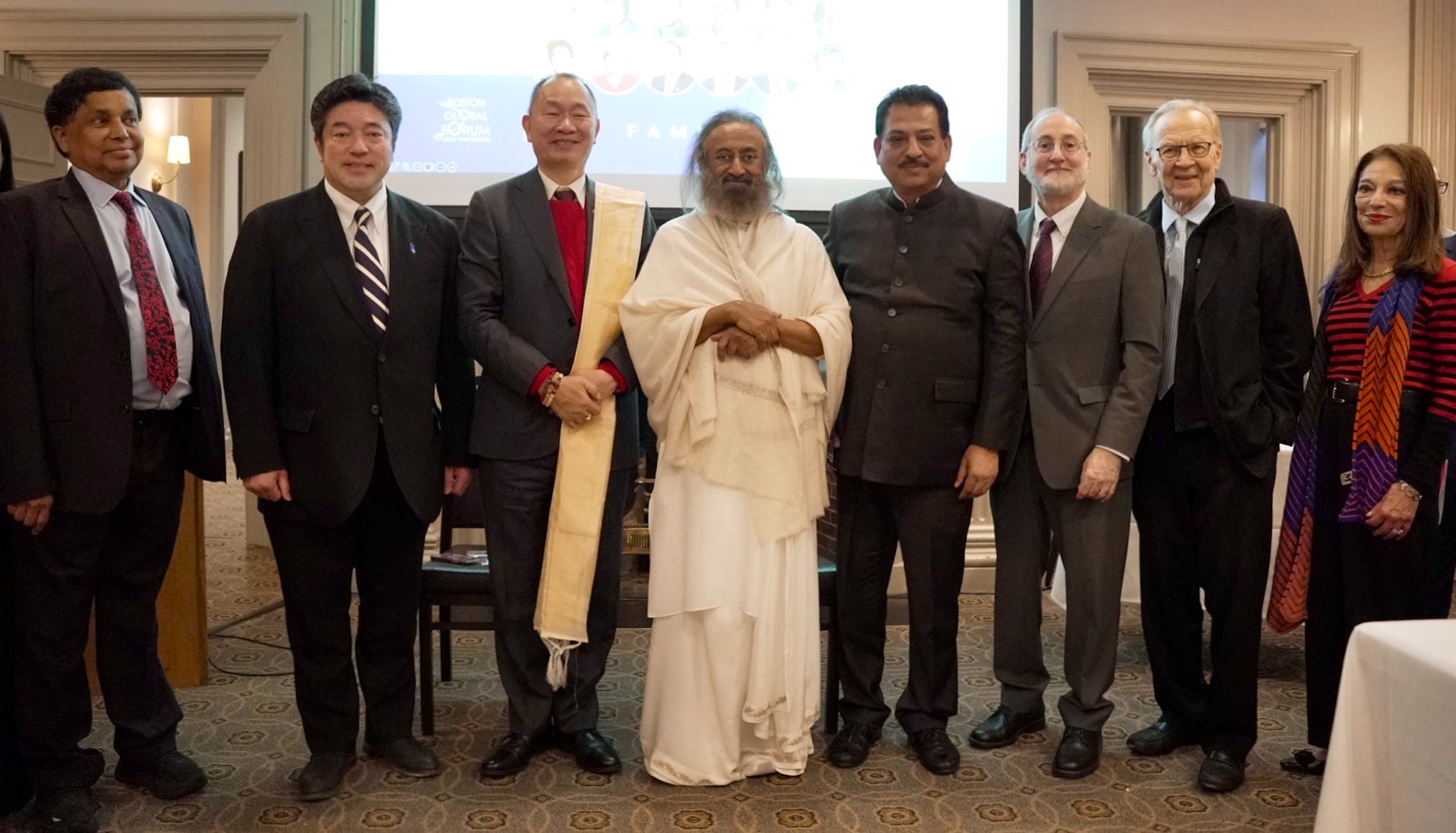
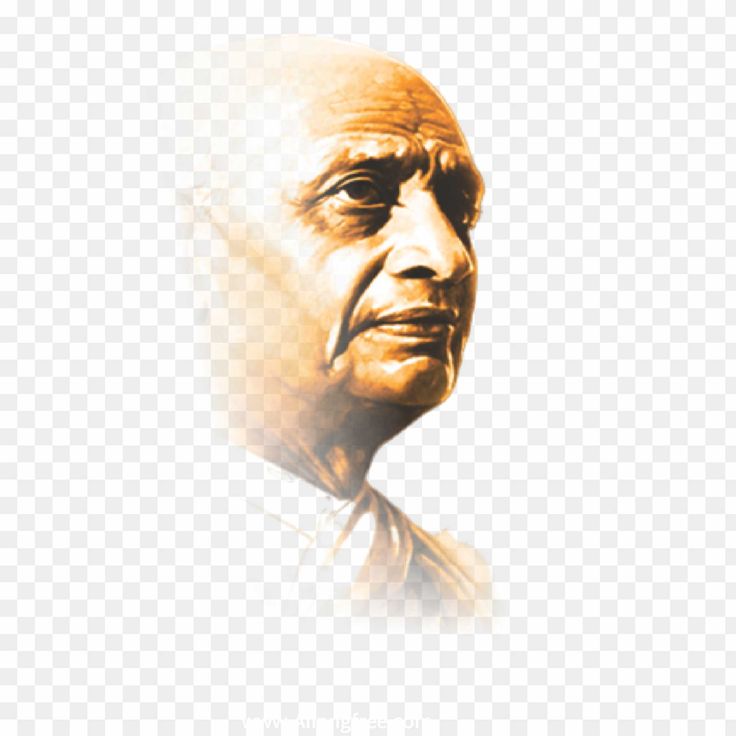
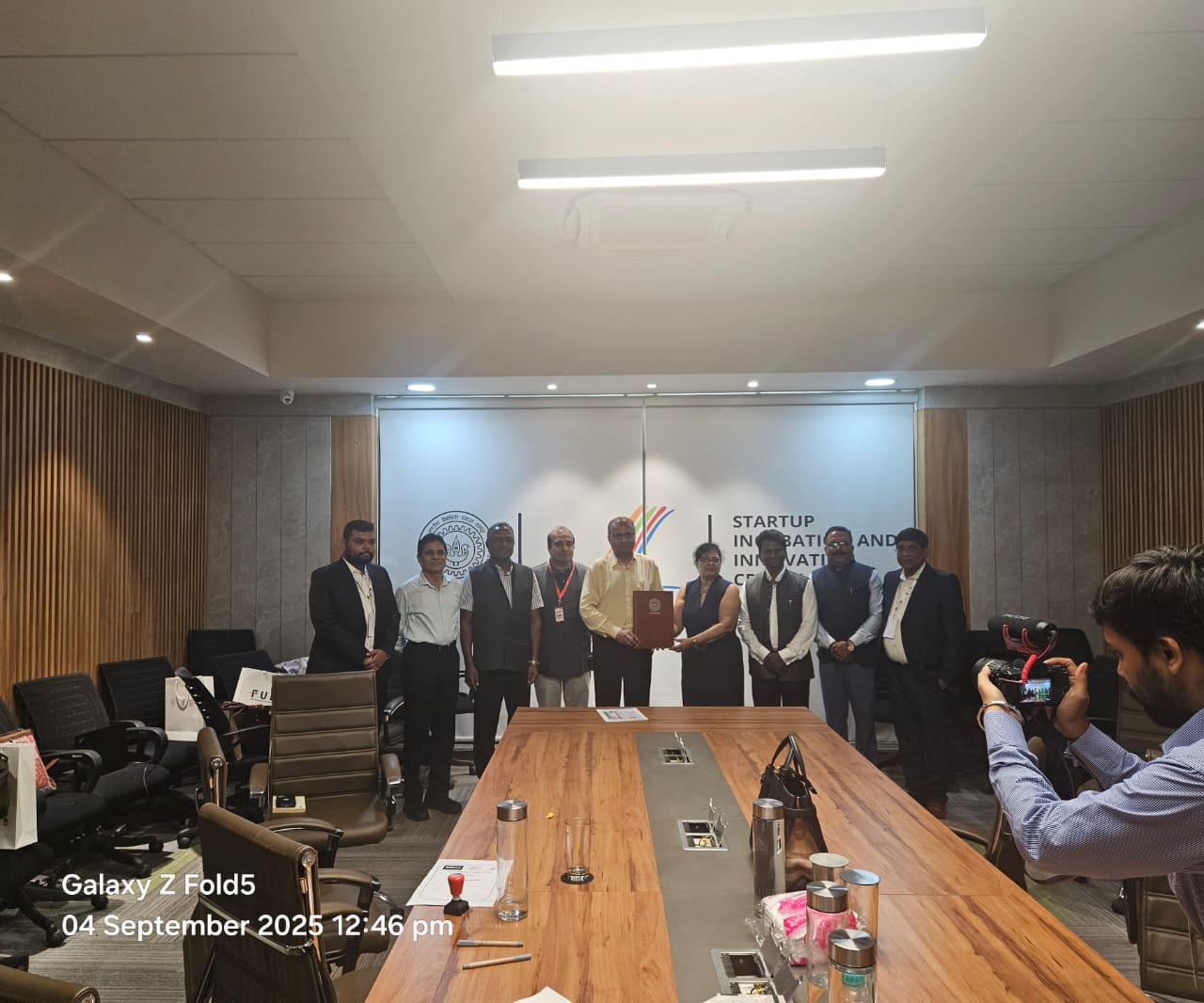
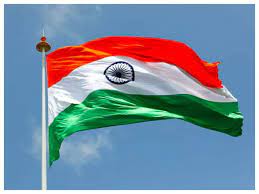









Comments (0)